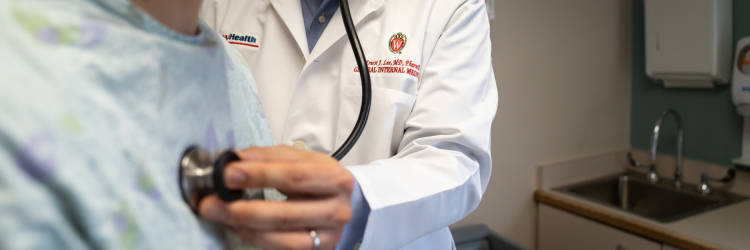New study finds disparities in cardiac arrhythmia treatment

Cardiac ablation is a potentially life-saving treatment for patients who experience ventricular tachycardia (VT), a dangerously rapid heart rhythm that occurs when a part of the heart muscle sends faulty electrical signals.
However, a new study published in the Journal of the American Heart Association, shows that use of cardiac ablation is greater among white male patients from wealthier neighborhoods than it is among Black female patients and/or patients from socioeconomically disadvantaged neighborhoods.

Ryan Kipp, MD, associate professor, Cardiovascular Medicine (right), was lead author on the study. His research team analyzed data from 131,645 Medicare patients who were admitted to a hospital with VT between January 1 and December 31, 2014.
Of the 2,190 patients who received ablations, the researchers found that women were 25% less likely to receive them than men, Black patients were 25% less likely to receive them than white patients, and Black women had a 50% lower overall rate of receiving ablations than white men. Those from the most socioeconomically disadvantaged areas were 19% less likely to receive an ablation.
“One plausible explanation [of these disparities] is implicit bias or systemic racism,” says Dr. Kipp.